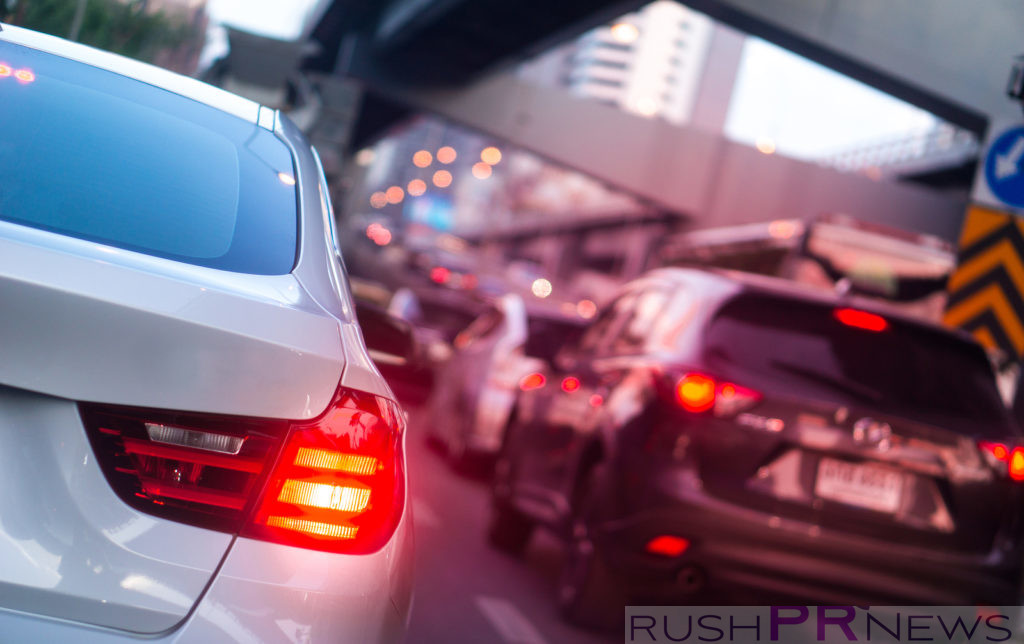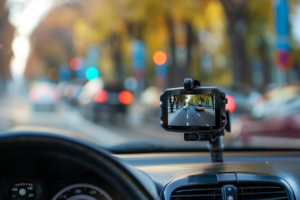Traffic calming is the use of physical features in order to reduce cut-through traffic or traffic speeds. These features are mostly found on road intersections. They are common in areas that have high cases of speeding.
Purpose
Traffic calming devices benefit both pedestrians and motorists. These devices help to improve the safety and quality of life of people living or working on the streets. This strategy has been proven as an effective method of reducing speeding on streets, preventing needless fatalities and avoiding traffic crashes. Road users also feel safe when using the road because of reduced crashes. Traffic calming devices are provided by local authorities.
Urban planners, traffic engineers, and public works officials have various mechanisms for traffic calming. These mechanisms are lane narrowing, speed humps, designated bicycle lanes, and traffic circles. These strategies are used to create safer streets that are accessible by all users
Vertical deflection is one of the reliable methods for traffic calming. This method creates a variation to the road that causes motorists to slow down when approaching. Other ways of calming traffic include roadway narrowing and horizontal shifts. These methods reduce vehicle speeds on the streets.
Objectives of Traffic Calming
Traffic calming reduces crime on the streets. A fleeing felon must deal with traffic circles and speed hump when making a getaway. This makes it hard to flee without being spotted by the community.
The mechanism helps to reduce speeds on the road, thus reducing the number of crashes on the streets. Studies on the effectiveness of street calming have shown fewer crashes and fatalities on the streets. This has created safer streets where people also feel comfortable when using roads.
Traffic calming enhances aesthetic values and a good sense of nature. Techniques such as pedestrian amenities and street reclamation serve as open spaces. These techniques make the streets and community attractive.
Traffic Calming Devices
A speed hump is a traffic calming device that is common in most cities. A speed hump is a raised area of about three to four inches on the road surface. They can be flat-topped or round. Speed humps help to improve drainage and allow bicycles to pass.
Raised crosswalks and bumps enhance crosswalk visibility thus making it easier for pedestrians to cross. These devices are flat-topped and they coincide with the pedestrian crosswalks. Bumps are raised areas above the road level.
Street closures have been effective in calming the streets. Closures can be partial or complete. Partial shutdown prohibits motorists from accessing the street from one end. The street remains a two-way street. Full closure on streets prevents motorists from making undesirable turns.
Traffic circles and chicanes are also common traffic calming strategies that help to reduce slow down speeding motorists. They are found at street intersections. Chicanes are barriers placed on the road and they require motorists to slow down.
Traffic Calming Laws
Traffic Calming laws differ from one state to another. These laws dictate the speed limits on the streets, and this protects pedestrians. Calming devices should be placed in neighborhoods that experience dangerous driving and speeding. Failure to observe traffic calming laws is a felony that is punishable. You should obey speed limits in a speed zone as well.
Issues related to Traffic Calming
The implementation of traffic calming measures has brought forth various issues. One of them is the lack of a proven design standard. Most streets in the U.S lack a uniform and accepted standard of constructing these devices. There is also a lack of access to information about these designs. City authorities need to come up with specific guidelines about traffic calming.
Traffic calming guidelines also may provide pedestrians and other road users with a false sense of security. Encouraging people to play and play on the streets may land them in trouble. This is because they may develop poor habits that may be detrimental when they leave their cities.




